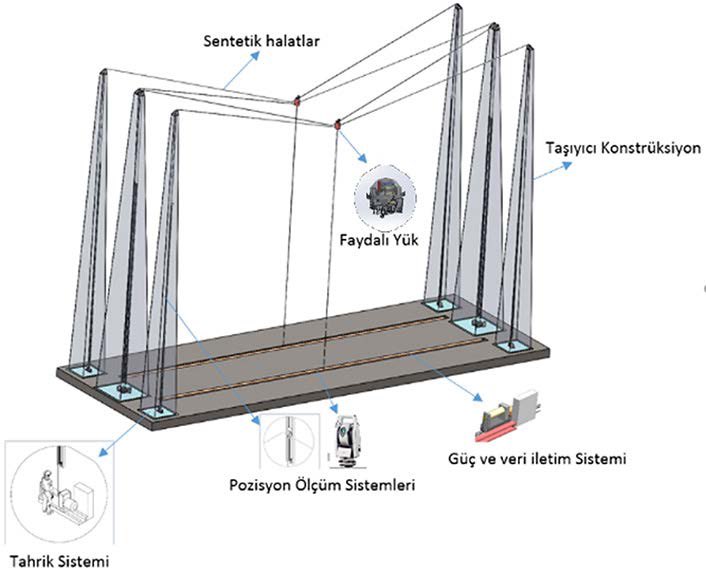I wanted to make this post to gather all information we have got on the forum so more of us can benefit, and learn from each other. Sometimes a lot of different terms get used, and for some, it really does not make full sense. I wanted to mention different factors we use to determine how well an air defense system can work in times of crisis.
We have different kinds of seekers such as Active radar seeker+ IIR ( infrared seeker) + RF (Radio frequency). Its also possible to have a dual seeker head of Rf+IIR. This will help the air defense system missile to be more resistant to jamming and provide a better kill ratio.
Defense systems also use different engines such as single-pulse engines, dual-pulse engines, or dual-thrust engines. single pulse engine would be preferable to keep costs low, and a second pulse to engage highly maneuvering manned targets. Some systems have direct hit-to-kill capability, and some explode close to the incoming missile threat.
Then we have a datalink in an air defense system where the two-way datalink would be the most preferable option. A two-way datalink would allow the missile to send data back to ground stations to calculate a better solution to hit the smaller threats such as missiles, artillery, or bigger platforms such as drones/Jets.
Two-way datalink also provides the missile to be more resistant to jamming because it can both use the IIR seeker and RF seeker. As far as I'm concerned iir seeker can be affected by weather conditions, but rf seeker on the other way does not get affected by these conditions. That's why RF seekers are the most preferable options at longer ranges, while IR seekers perform better under heavy jamming conditions
As far as I'm concerned, Everything between Sungur to Hisar o+ will use IIR seekers, and Siper block 1 will use RF seekers. Block 2, and 3 will use both IIR, and RF seekers. Correct me if I'm wrong.
Now I will summarize all the factors i have mentioned:
- Seekers: active radar/semi active seeker IIR, RF, or dual hybrid seekers ( IIR+RF)
- Engines: such as single pulse, dual pulse engines or dual thrust engines.
- Datalink: one-way or two-way datalink.
- Speed of the missiles.
Can anyone explain more about the TCV booster concept and cold launch term?












